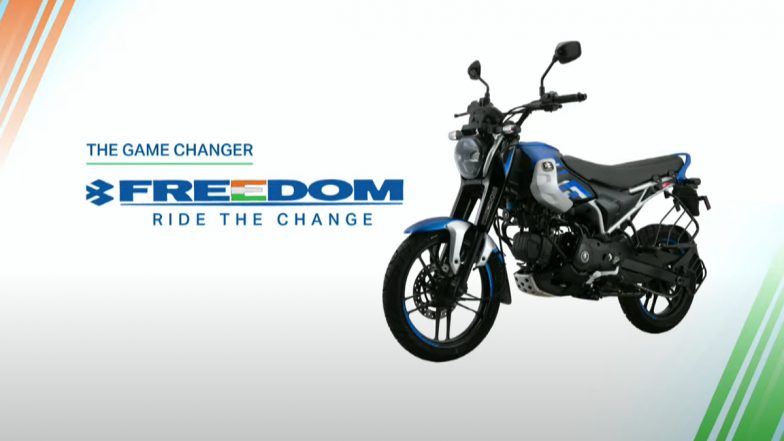Optimizing UX for Mobile Devices
UX design is the process of evaluating and improving the overall user experience for digital products and services. It involves combining market research, product development, strategy, and design to create seamless interactions between users and devices. Mobile UX design is a specific type of UX design that focuses on making digital experiences enjoyable for people using smartphones and tablets. The mobile platform is different from desktops in a number of ways, and designers must address challenges to optimize the user interface to match.
The most significant challenge is creating a user experience that works for different device types and screen sizes. A one-size-fits-all approach simply doesn’t work on mobile devices, and the best UX Design use techniques like responsive design and progressive enhancement to accommodate multiple platforms and screen sizes.

Another big challenge is understanding and responding to the unique context in which mobile users interact with a website or app. They’re typically on the go, often in public places where they may lose signal or power, and their attention spans are shorter than those of users using computers at home. They also tend to micro task, using devices in short spurts for a single purpose. This requires a different design approach that emphasizes clarity and simplicity.
How to Address Challenges in Optimizing UX for Mobile Devices
User-centric design is an important part of mobile UX design, and putting yourself in the shoes of your customers is more challenging than it sounds. Designing for your customers’ needs and behaviors takes time, but regularly testing your apps with real people helps you understand their needs and expectations more accurately.
A good UX design will provide a smooth, intuitive user experience that allows people to accomplish their goals without frustration or delay. This includes providing easy-to-find, relevant content and clear, consistent navigation structures that are consistent across platforms. It will also incorporate elements that allow people to personalize their experience, such as theme options or location-based services, to increase satisfaction and loyalty.
Barriers to conversion are the most common problems with mobile websites, and they can include anything from a broken link or confusing form to a website that simply doesn’t load. These screeching halt moments leave a bad impression on visitors and can prevent them from coming back, so it’s critical to identify and resolve these barriers.
Lastly, your mobile UX design should constantly monitor and address big picture issues, such as app crashes. These can be caused by many factors, including memory management, lack of prior testing, error and exception handling, device compatibility issues, and media optimization. You can reduce churn and improve your customer experience by regularly addressing these issues, including through bug fixes and updates.
The best UX designers have a range of skills that they can pull from their education, work experience, and soft skills. They’re able to work with different teams and cultures, have strong empathy for users, and are comfortable with rapid prototyping and iteration. Ultimately, the most valuable skill is the ability to deliver a great user experience that drives customer satisfaction and loyalty.
ArtVersion is a Chicago-based creative agency specializing in visual storytelling and brand strategy. They provide a comprehensive suite of services including web design, graphic design, branding, and user experience (UX) and user interface (UI) design. Known for their collaborative approach, ArtVersion tailors their services to meet the unique needs of each client, ranging from startups to established corporations, emphasizing creativity, innovation, and effective communication in all their projects.









